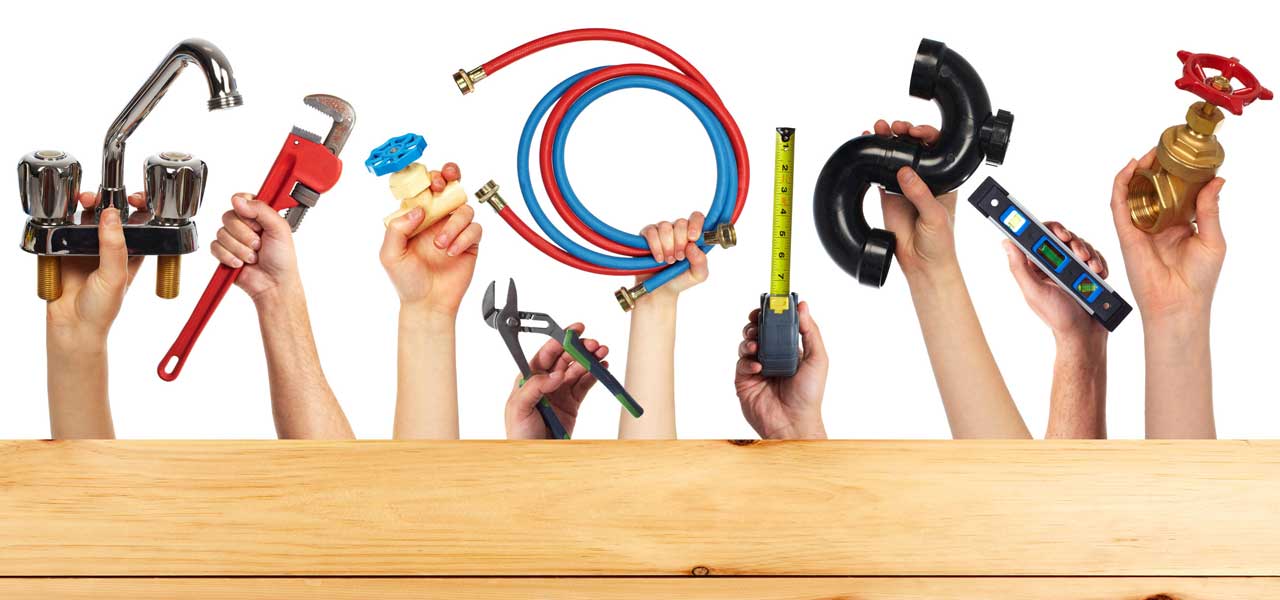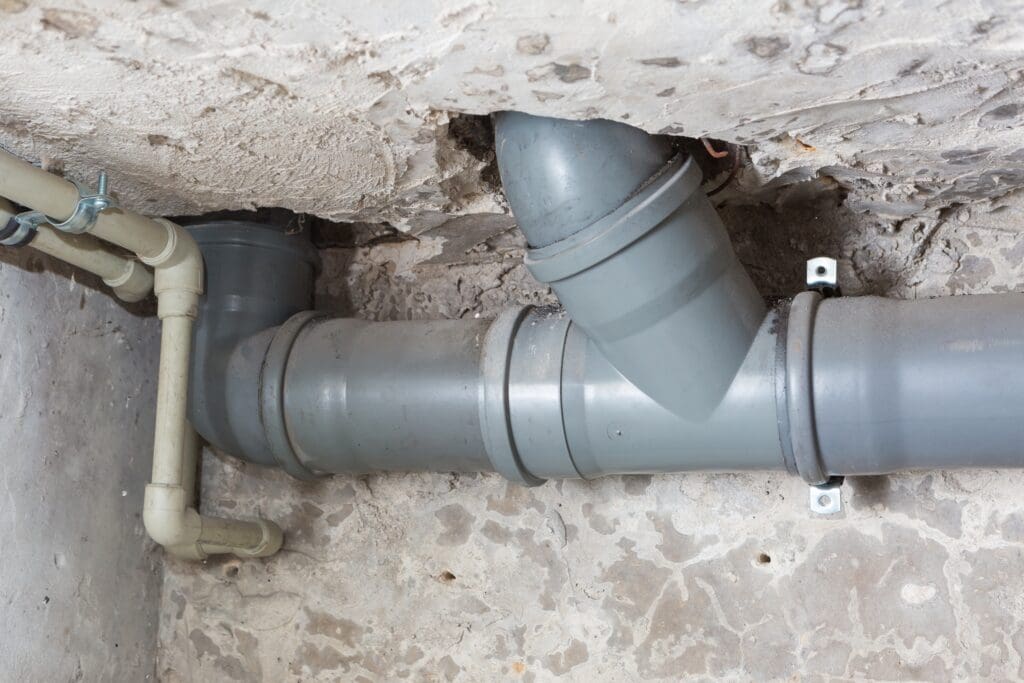Diving into Home Plumbing Basics: A Beginner's Tutorial
Diving into Home Plumbing Basics: A Beginner's Tutorial
Blog Article
We have encountered this post on Plumbing Basics For Every Home: The HomeTriangle Guide down the page on the internet and reckoned it made perfect sense to discuss it with you on this site.

Plumbing is an important element of any type of home, responsible for providing tidy water for drinking, cooking, and bathing, in addition to getting rid of wastewater securely. Understanding the fundamentals of home plumbing is important for every house owner to ensure appropriate upkeep, troubleshooting, and, if necessary, repair services. In this newbie's guide, we'll cover the essential principles of home plumbing to help you become a lot more acquainted with just how it works.
Water Heating Unit
The water heater is accountable for home heating water for domestic use, including showering, food preparation, and cleansing. Usual types of water heaters include tank-type hot water heater, tankless (on-demand) water heaters, and heat pump water heaters. The water heater is linked to the water system system and supplies hot water to plumbing fixtures as required.
Drainage System
The water drainage system removes wastewater from your home and carries it away to a sewage treatment facility or septic system. It consists of a network of pipes, fittings, and fixtures that transfer wastewater from plumbing fixtures to the main sewer line or septic tank. Proper drainage is necessary to stop obstructions, back-ups, and sewer leakages.
Air flow System
The ventilation system assists preserve appropriate air pressure and avoid sewage system gases from entering your home. Air vent pipelines, likewise called air vent stacks, extend from plumbing components to the roof covering, permitting drain gases to run away securely outside. Ventilation pipelines additionally enable air to go into the drain system, helping with smooth wastewater flow and protecting against suction or vacuum cleaner impacts.
Supply Of Water System
The water supply system brings clean water right into your home from a local water source or a private well. It contains a primary water line that attaches to your home's plumbing system, generally located underground. A water meter measures the quantity of water taken in, while a shut-off shutoff enables you to control the circulation of water into your home.
Plumbing Components
Plumbing fixtures are tools that provide water to various parts of your home and consist of sinks, faucets, toilets, showers, tubs, and appliances such as dish washers and washing equipments. Each component is connected to the water system through pipelines and fittings and might have its shut-off valve for upkeep or emergencies.
Usual Plumbing Tools
Having the right devices available is essential for executing basic plumbing repair work and maintenance jobs. Common plumbing tools consist of adjustable wrenches, monkey wrench, pliers, pipeline cutters, hacksaws, plungers, augers (or drainpipe snakes), and Teflon tape. Having these devices conveniently available can assist you tackle minor plumbing issues successfully.
Fundamental Plumbing Repair Services
While some plumbing repair services may call for expert support, several common problems can be resolved with basic DIY strategies. Learning exactly how to deal with a leaky faucet, unblock a drain, replace a bathroom flapper, or repair a dripping showerhead can save you money and time on plumbing fixings.
Conclusion
Understanding the fundamentals of home plumbing is vital for every property owner to preserve a risk-free, practical, and reliable plumbing system. By acquainting on your own with the supply of water system, plumbing components, drainage system, ventilation system, common plumbing tools, and basic repair services, you can with confidence address minor plumbing issues and ensure your home's plumbing system operates smoothly.
Plumbing for Beginners: A Comprehensive Guide
If you’re a beginner when it comes to plumbing, don’t worry; you’re not alone. Plumbing may seem intimidating, but with the right knowledge and a little practice, you can handle many common plumbing issues on your own. In this comprehensive guide, we will demystify the world of plumbing for beginners, providing you with the basic knowledge and skills needed to tackle common plumbing problems and even take on some DIY plumbing projects.
The Importance of Basic Plumbing Knowledge for Beginners:
First and foremost, basic plumbing knowledge gives you a solid foundation. It helps you grasp the key concepts and terminology that are essential in this field. By learning the basics, you’ll be able to build upon that knowledge and tackle more complex plumbing tasks in the future.
Having a basic understanding of plumbing also enables you to handle common issues that may arise in your home. Picture this: a leaky faucet or a clogged drain. With some basic plumbing knowledge, you’ll have the confidence to troubleshoot and fix these problems on your own. It saves you from unnecessary expenses and the hassle of waiting for a professional to arrive.
As a beginner, learning the basics of plumbing empowers you to take care of your own home. It gives you a sense of independence and self-reliance. You’ll no longer have to rely solely on professionals for every small issue that pops up. Instead, you can handle many tasks yourself, saving time and money in the process.
Remember, everyone starts as a beginner. Embrace the learning process and take small steps to expand your plumbing knowledge. There are plenty of online resources, tutorials, and even local workshops that talk about plumbing for beginners.
Essential Tools for Plumbing for Beginners
As you start your plumbing journey, having the right tools in your toolbox is crucial. Let’s explore some of the must-have tools:
Adjustable Wrench:
This versatile tool is a staple in any plumber’s toolbox. It allows you to tighten or loosen nuts and bolts of various sizes. Make sure to have an adjustable wrench with a comfortable grip.
Pipe Wrench:
A pipe wrench is specifically designed for gripping and turning pipes. It has serrated jaws that provide a strong grip, making it easier to loosen or tighten threaded pipes and fittings.
Plunger:
The plunger is a simple yet effective tool for clearing clogged drains and toilets. It creates suction when you push and pull, helping to dislodge blockages. Keep a good-quality plunger handy for those unexpected clogs.
Pipe Cutter:
When it comes to cutting pipes, a pipe cutter is your go-to tool. It creates clean, precise cuts without damaging the pipe. Look for a pipe cutter that can handle the pipe sizes you’re working with.
Hacksaw:
A hacksaw is useful for cutting through pipes, screws, and other materials. It’s a versatile tool that can handle different cutting tasks. Remember to use a blade suitable for cutting metal.
Tape Measure:
Accurate measurements are crucial in plumbing. A tape measure allows you to measure pipe lengths, distances, and dimensions accurately. Opt for a sturdy tape measure that extends a good length.
Pliers:
Pliers come in handy for various tasks, such as gripping, bending, and cutting. Slip-joint pliers with adjustable jaws are great for gripping pipes, nuts, and bolts.

I recently found that piece of writing on while doing a search on the web. Sharing is good. One never knows, you might be doing someone a favor. Thanks for being here. Don't hesitate to visit our site back soon.
Get A Free Estimate Report this page